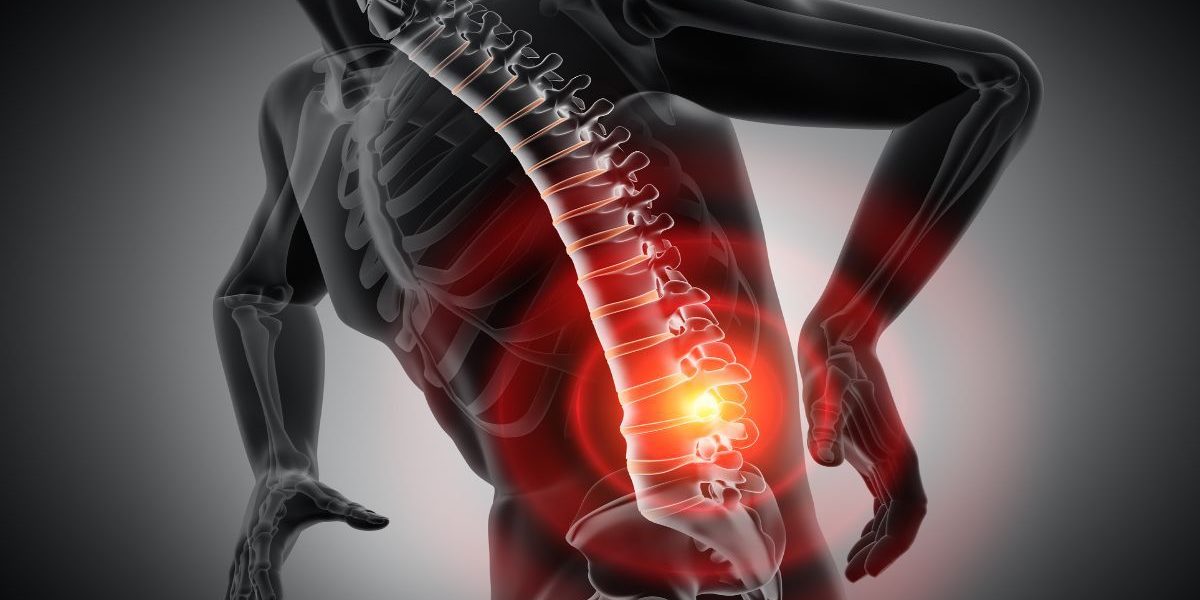Opinion!
Dr. Weam Banjar. DDS., MS in Clinical Research, Comp.Dent (Fellow)
Scientific literature concluded that dentists are at higher risk for developing musculoskeletal disorders due to prolonged setting period, maintenance of static posture, continuous exposure to vibration and/ or mechanical stresses, and forceful or awkward movement. Accumulated stresses overtime might be presented as muscle pain, numbness, and/ or limitation in joint movement based on severity of injury.
Regardless of established evidence of dentists elevated risk to developing musculoskeletal disorders, the prevalence among dentists in Saudi Arabia is yet not established. Few studies had assessed dental exposure to musculoskeletal occupational hazard. However, small sample size often limits results’ generalizability. Musculoskeletal occupational hazard may negatively impact dentists’ professional wellbeing and quality of life. Although dentists understand related professional occupational hazards, continuous exposure to risk factors may undermine dentists’ mental health and psychological wellbeing. The quality of dental practice is linked to dentists’ manual skills. Musculoskeletal disorders may limit manual skills therefore, ability to deliver optimal care.
Research is the cornerstone to developing evidence-based occupational health for dentists’ policies and establishing governance schemes. A nationwide assessment should help determine the magnitude and extent of musculoskeletal disorders among dentists and investigate related factors. Establishment of challenge size allows to design a need-based management and mitigation plan. It might be appropriate to assess the impact of insurance against occupational hazard for dentists on practice and quality of life. dentists’ quality of life and wellbeing are only driven by financial factors, but also by work atmosphere and the practice ecosystem that considers dentists’ safety a priority. Dentists’ researchers in collaboration with physiotherapists should lead the movement to establish necessary evidence to determine the current status and evaluate future needs.


